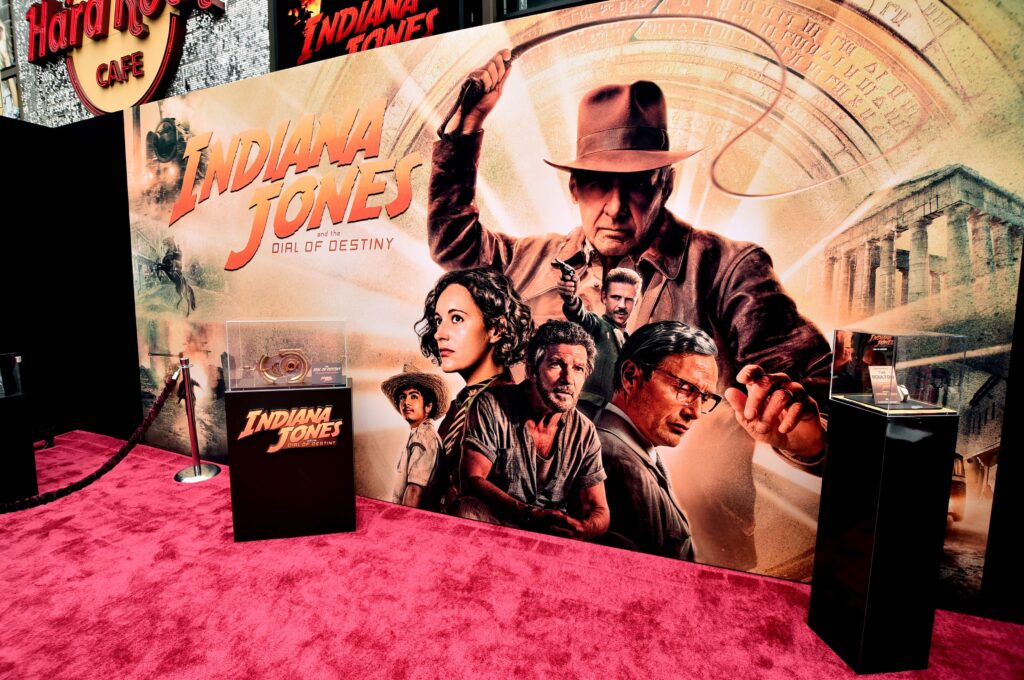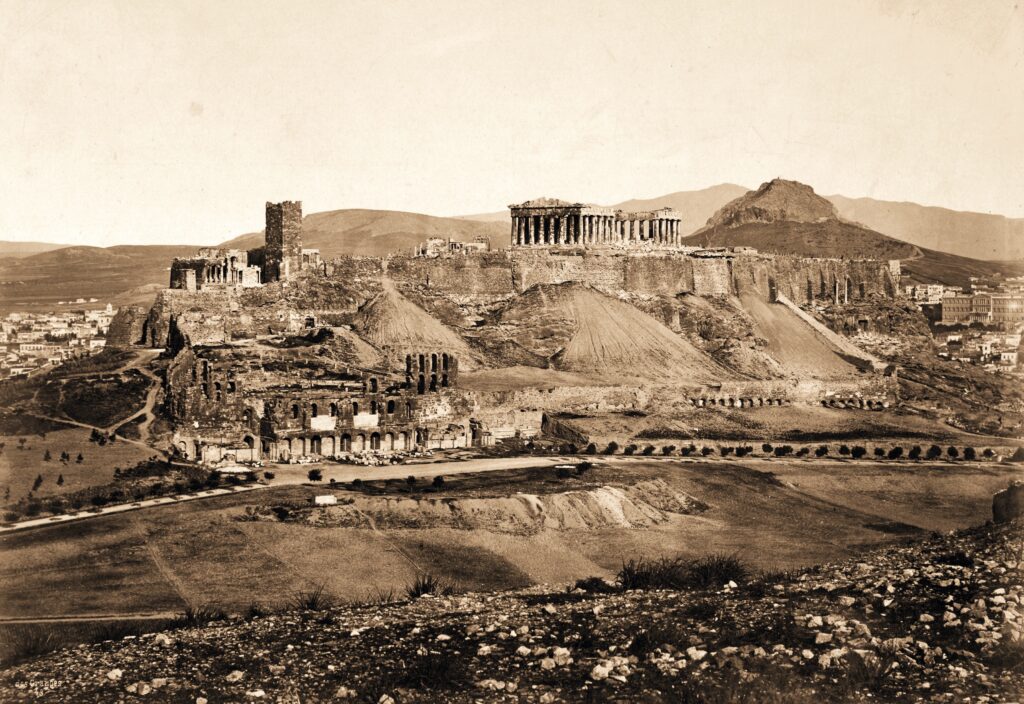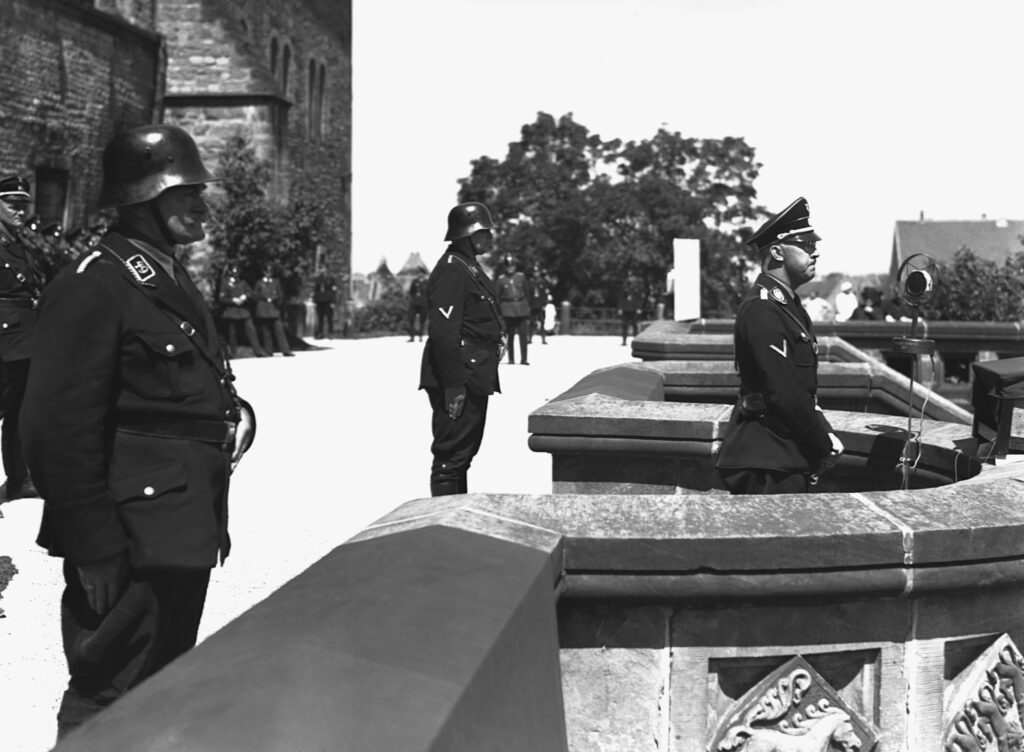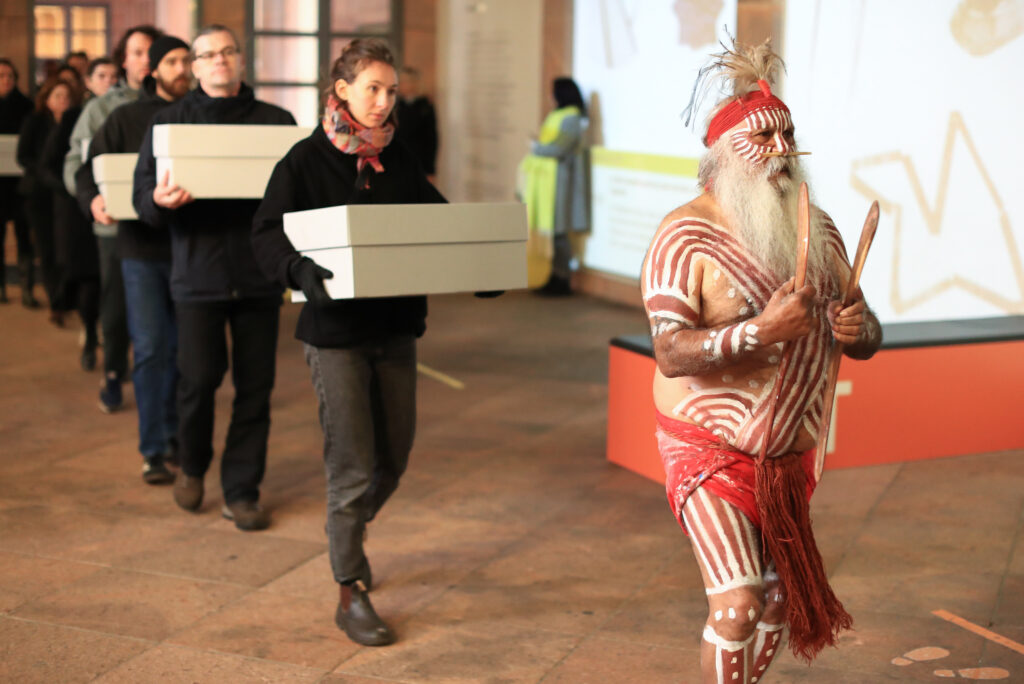What Indiana Jones Gets Right About Archaeology

DR. JONES RETURNS
Pop culture’s most famous archaeologist, Indiana “Indy” Jones, returns to the big screen this summer. In this fifth installment, the Dial of Destiny, Harrison Ford once again stars as the titular character who defined public perceptions of archaeology.
The production companies have confirmed this will be the final chapter in the story. It is also the first and only film in the series not directed by Steven Spielberg, though he remains an executive producer. Now under director James Mangold, the flick premiered at Cannes Film Festival with lackluster initial reviews.
And certainly, the movie will elicit grumblings from Jones’ real-life colleagues. Many professional archaeologists love to hate on Indiana Jones. Critics often bemoan the unrealistic representation of archaeology and the mystification of historical facts. Some find it demeaning to the serious research undertaken in the field.
But at the same time, many archaeologists appreciate that Indy raises the profile of archaeology in the popular imagination. As an archaeologist and a frequent moviegoer, I want to highlight another merit of the franchise: the cinematic expression of ethical issues at the very heart of anthropological thinking.
Of course, these issues are embellished and reinvented; we’re watching action blockbusters after all. Nevertheless, the Indy movies reflect fundamental challenges in the field—real concerns to real archaeologists.
And as a warning, this essay contains spoilers from the first three Indy movies. But you have had more than 30 years to watch them.
ARCHAEOLOGY IS DESTRUCTIVE
From Egyptian tombs to medieval churches, archaeological sites suffer damage throughout the movies. Often, this is the first objection raised when it comes to archaeology’s depiction on screen.
Let us recall Indy’s cinematic debut in 1981’s Raiders of the Lost Ark. The opening sequence shows Indiana Jones in South America searching for an idol worshipped and protected by the (fictional) Indigenous Hovitos people. Following in the footsteps of previous expeditions, he reaches a temple hidden in the jungle. After unsuccessfully replacing the golden idol from the altar with a bag of sand, he has to escape as an ancient trap causes the entire hall to crumble.
While this is definitely not the proper way to conduct fieldwork, the underlying premise is accurate: Archaeological excavations often destroy the context they seek to understand.
Though not as cinematic as a booby trap’s wreckage, excavations are controlled, systematic destruction. That is why contemporary archaeologists meticulously document sites and use less-invasive techniques such as ground-penetrating radar, which probes below ground without digging. Field archaeologists standardly create detailed written descriptions accompanied by drawings, photography, and 3D scanning.
Archaeology’s destructive nature is not limited to remains beneath the surface. For instance, since the 19th century, conservators have tried to reconstruct the Athenian Acropolis to its Classical Greek style. In the process, medieval and Ottoman structures were removed, including houses, fortifications such as the so-called Frankish tower, and a mosque inside the Parthenon.
ARCHAEOLOGISTS can PUNCH NAZIS … METAPHORICALLY
In the third movie, the Last Crusade, Indiana Jones searches for his kidnapped father, an eccentric medievalist played by Sean Connery. The senior professor Jones disappeared while looking for the Holy Grail, the cup Christ used during the Last Supper. Along the journey, Indiana discovers a Nazi lair in a castle and whispers, “Nazis. I hate these guys.” And indeed, brawling them becomes a recurring activity for Dr. Jones on his pursuits.
As the trailer of the Dial of Destiny reveals, these old villains return in a new revanchist form. Mads Mikkelsen’s Nazi character is heard saying, “Hitler made mistakes, and with this, I will correct them all.”
In reality, historical sites and artifacts are misused for political purposes. Representations of the past have been manipulated by leaders across political and ideological spectrums. But nationalist and far-right ideologies have been especially active in this regard due to their tendency to idealize an imagined past.
The intellectual and ideological training apparatus in the National Socialist German Workers’ Party (NSDAP, the Nazi Party) contained a specialized group for German prehistory. It was later incorporated into the interior ministry. The notorious SS also had a research and teaching unit for German Heritage (SS-Ahnenerbe) under the direct supervision of Heinrich Himmler, the man who later oversaw the Holocaust. The unit’s point was to subdue research and cultural policy to the regime. (Hitler himself was not concerned with the wartime destruction of monuments because in his view this opened an opportunity to erect new ones.)
The Communist regimes in the former U.S.S.R. and the Eastern bloc are intriguing in this respect. According to the official ideological stance of the party, Marxism was the sole acceptable reading of the past. Archaeology was tasked with the promotion of cultural unity among the Communist nations, leading to an explosion of studies into Slavic heritage.
In my home country, Bulgaria, former leaders expected archaeologists to find fodder for nativist propaganda. During the first decades of Communism, the government emphasized Bulgaria’s Slavic ethnic background to blend its citizens with other nations under Soviet domination. Archaeologists were tasked to find evidence that most of the medieval population was Slavic. Then, starting in the 1970s, the leadership reappropriated a nomadic Bulgar heritage. They thought that because Bulgars migrated from the eastern European steppe, this origin could showcase the close ties between Bulgaria and the Soviet Union.
History was also exploited in the political preparation for Russia’s ongoing war in Ukraine. Seven months prior to the invasion, Russian President Vladimir Putin personally published an essay arguing for the historical unity of Russia and Ukraine.
As even Indiana Jones becomes the target of persecution at some point (in Kingdom of the Crystal Skull), the films allude to the complex realities of scholarship in unfree societies. To metaphorically punch Nazis and other extremists, archaeology must understand the field’s political implications and expose the biases encoded in representations of the past.
NOT EVERYTHING BELONGS IN A MUSEUM
In 1984’s the Temple of Doom, Indiana Jones finds himself searching for a sacred stone stolen from the shrine of an Indian village. The trio of Dr. Jones; his romantic interest, Wilhelmina “Willie” Scott; and his self-appointed assistant, Short Round, must face the evil Thuggee cult to retrieve the valuable item.
Eventually, Indiana returns the Sivalinga stone to the village residents. Their religious leader states, “Now you see the merit of the rock you bring back.”
The protagonist agrees: “Yes. I understand its power now.”
A minute later Willie asks why he did not keep it, to which Indiana replies: “What for? They’d just put it in a museum, and it’d be another rock collecting dust.”
This may seem quite the step for a character who has said other items, considered antiquities, belong in museums. His seemingly inconsistent stance reflects the often fraught relationship between archaeologists, museum collections, and objects valued by communities.
Yes, museums are key institutions for heritage management and protection. But protecting and promoting heritage requires the inclusion of broader communities.
This is not a new idea in academic archaeology: In the 1950s, archaeologist Mortimer Wheeler expressed “the moral and academic necessity of sharing scientific work to the fullest possible extent with the man in the street and in the field.”
Considering the problematic origins of many museum collections and the ongoing repatriation requests made by various nations and Indigenous groups, Indy’s realization conveys the fundamental concerns of public archaeology. Controversial collections store sacred objects such as the Mijikenda vigango statues and the human remains of Indigenous Ancestors.
The fictional Indian village presents a very real situation. The local community holds the knowledge for the protection of their culture. Archaeologists and anthropologists, being cross-cultural communicators by craft, have a role to play and can support such communal efforts. Indy seems to get this when he returns the Sivalinga. (Though in a more critical take, I, like Cathleen Luo, would discuss the underlying White savior trope in the movie.)
There are many nuances to the Indiana Jones story. As I see it, the films express the important role and responsibilities granted to archaeology by the public. Despite some misrepresentations, the movies show that, at its best, archaeology can be community-oriented work that unites people and heritage.
And at least, the real field and the films can be a lot of fun.




































